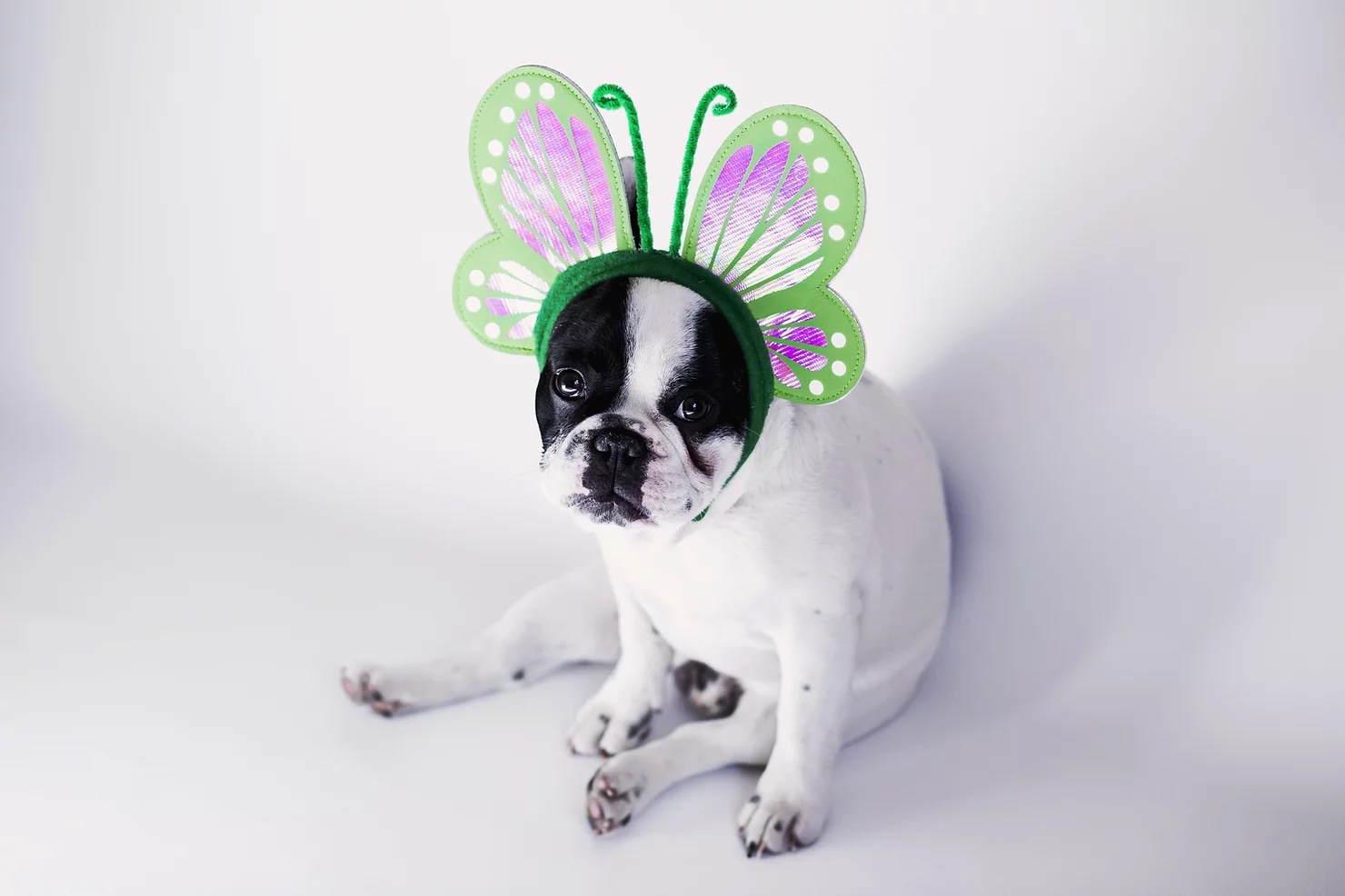Most Recent Post
Published: March 19, 2023
March is Poison Prevention Awareness Month. According to the Pet Poison Hotline, fifty percent of the calls they receive are situations where an item that was not toxic to a person was ingested and was toxic to pets. Categories Let’s take a look at the…
Read Post



